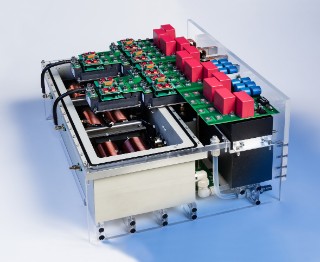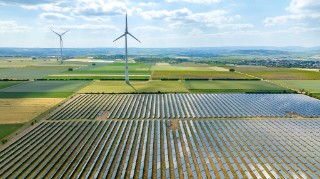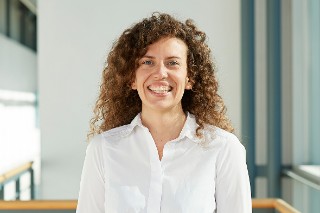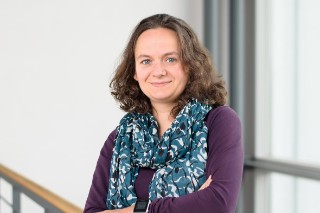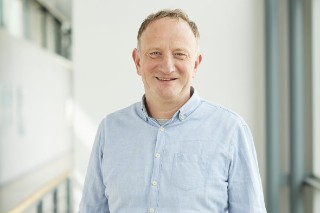In 2025, the share of renewables in Germany’s net public electricity generation amounted to 55.9 percent, as in the previous year. Wind power took first place as the strongest net electricity producer, followed by photovoltaics, which increased its production by 21 percent in 2025 and overtook lignite for the first time. The share of electricity generation from fossil fuels stagnated in 2025, with the decline in lignite-based electricity generation being offset by rising natural gas consumption. The share of imports in the electricity mix fell in 2025 compared to the previous year. This analysis is based on the energy-charts.info data platform of the Fraunhofer Institute for Solar Energy Systems ISE, which provides interactive graphs on electricity generation for the whole of Europe.
more infoContact Press / Media
Sophia Bächle
Communications Photovoltaics
Fraunhofer ISE
Heidenhofstr. 2
79110 Freiburg
Phone +49 761 4588-5215



